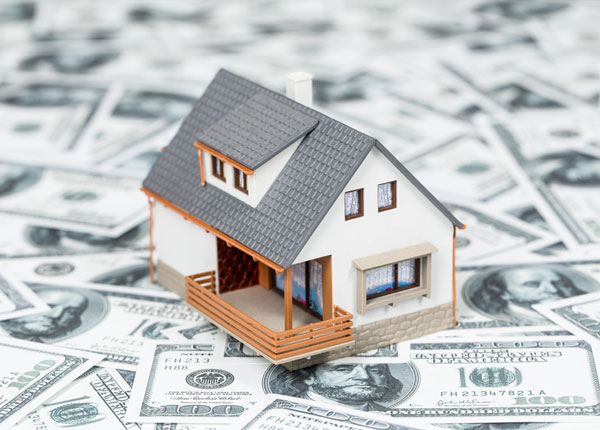If you’ve ever purchased a home before, you’ve probably been asked if you wanted to “points” or not pay “points”. Now, if you are like most people, the common answer would be, “I’m not sure – what would you suggest?”. Well, before we get into the specifics of when it is beneficial to pay points or not, let’s go over what the exact purpose of paying points at closing.

A point is an upfront fee that is paid at closing to reduce your interest rate. One “point” is always 1% of the loan amount. For instance, using a $300,000 loan amount, one point would cost $3,000 at closing. Now keep in mind – you usually don’t have to pay points if you don’t want to (except when dealing with adjustable-rate mortgage loans – where sometimes it’s mandatory to pay a point to guarantee the lender a yield) but by doing so, you’ll decrease not only your monthly payments but also the total amount of interest paid over the life of the loan.
Should You Pay Points?
The answer to this question will depend on a number of different factors. The two main questions you must ask yourself is:
- Can I afford to pay points?
- How long do I plan on keeping the property?
Since paying points will increase your closing costs, you must determine if this additional costs is something you can afford to pay. If you are already stretched thin by just paying the down payment (if necessary) and regular closing costs – then maybe you would rather keep whatever reserves you have left in your bank account rather then using it to buy down your rate (With a refinance, points are usually financed into the new loan amount). On the other hand, even if you can afford to pay points – it doesn’t necessarily mean you should. Traditionally, it takes roughly 4-5 years to recoup the costs of paying points.
Example:
- Paying 2 Points: $300,000 loan amount @ 5.5% = $1695.60 per month (principle & interest)
- Paying 1 Point: $300,000 loan amount @ 5.75% = $1742.37 per month
- Paying No Points: $300,000 @ 6.00% = $1789.70 per month
Paying 2 points would actually save you $94/month in mortgage payments ($34,305 in total interest over the life of your loan) but it will also cost you an additional $6000 in upfront closing costs.
If you take your costs ($6000) divided by your savings ($94) you can determine that it would take you roughly 64 months – or a little over 5 years to recoup your upfront costs of $6000. So if for some reason, you don’t think you’ll keep this property/loan longer than 5 years, then it probably wouldn’t be a wise financial move to pay for points. Now if you do plan staying long term – then paying points may be the right decision for you.
Paying Points with a VA Streamline Refinance
The thought process when determining whether or not to pay points when doing a VA streamline refinance is a little different. Since the VA streamline refinance program is something you can do more than once (as long as your new rate is lower than your old rate), I always advise my customers to try an avoid paying points when getting their reduced rate. The reason is that there’s always a possibility that if rates drop again, you may be able to get that same rate (that you paid points for today) at without paying points.
For Example:
Someone has a 6.5% interest rate and can reduce their rate to 6% without paying points or 5.5% by paying 2 points. They decide to pay the 2 points or $6000 in additional costs in order to get the lower interest rate and payments. Now let’s say in 6 – 12 months, rates dropped again and now you can get 5.5% without paying points at all. If this was the case this person would be very disappointed that they wasted $6000 when they could’ve received the same rate for for no points.
The flip side is that there is no guarantee that rates will drop in the future. Ultimately, you’ll have to go on a gut decision about what you feel like doing. My advice is that if you can save a few hundred dollars with a streamline refinance without paying points – take this route since it’s a good way to “hedge” your bets. If rates go down significantly – you can refinance again without paying points. If rates don’t go down – at least you are still saving a few hundred dollars from your original loan.

